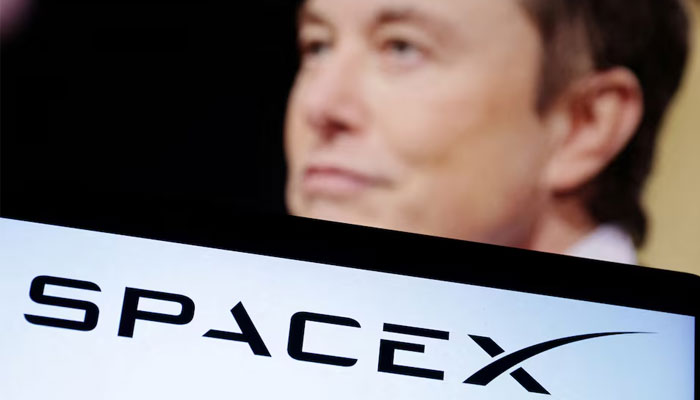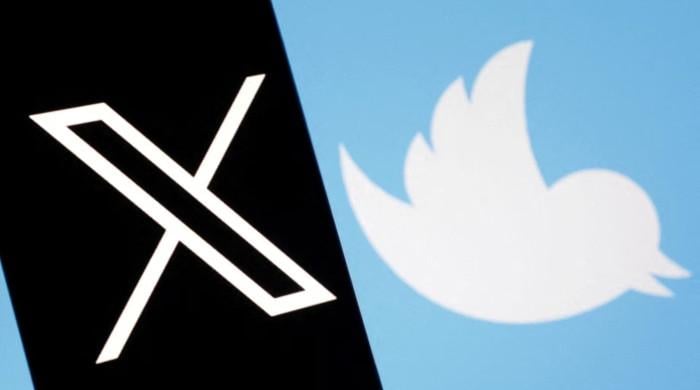Elon Musk unveils SpaceX's plan to send uncrewed Starships to Mars
SpaceX CEO says timeline for first crewed mission is contingent upon success of uncrewed flights
September 23, 2024

SpaceX CEO Elon Musk on Sunday announced plans to launch about five uncrewed Starships missions to Mars within the next two years, in a post on his social media platform X.
The social media post by Musk, 53, followed earlier statements, indicating that the first Starship missions to Mars would commence in two years, "when the next Earth-Mars transfer window opens."
According to Reuters, the timeline for the first crewed mission is contingent upon the success of the uncrewed flights, with Musk stating that crewed missions could launch in four years if the uncrewed missions land safely.
However, in case of challenges, crewed missions will be postponed by another two years, Musk said.
Earlier this year, Musk, who is known for providing changing timelines on Starship's readiness, said that the first uncrewed starship to land on Mars would be within five years, with the first people landing on Mars within seven years.
In June, a Starship rocket survived a fiery, hypersonic return from space and achieved a breakthrough landing demonstration in the Indian Ocean, completing a full test mission around the globe on the rocket's fourth try.
Musk is counting on Starship to fulfill his goal of producing a large, multipurpose next-generation spacecraft capable of sending people and cargo to the moon later this decade, and ultimately flying to Mars.
The National Aeronautics and Space Administration (Nasa) earlier this year delayed Artemis 3 mission and its first crewed moon landing in half a century using SpaceX's Starship, to September 2026. It was previously planned for late 2025, Nasa said.
Japanese billionaire Yusaku Maezawa in June canceled a private mission around the moon he had paid for, which was to have used SpaceX's Starship, citing schedule uncertainties in the rocket's development.









